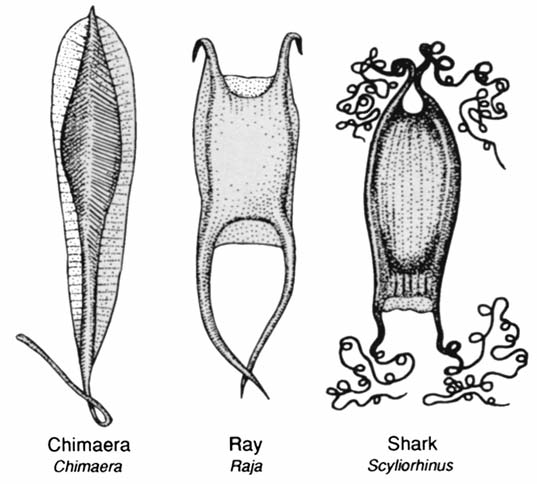
This Article From Issue
November-December 1999
Volume 87, Number 6
DOI: 10.1511/1999.42.0
Walker's Mammals of the World. 6th ed., 2 vols. Ronald M. Nowak. 2,160 pp. The Johns Hopkins University Press, 1999. $99.95.
Understanding the natural history of an organism is one of the first steps necessary for conservation efforts. Because a wide variety of people, including (among others) politicians, lawmakers and law-enforcement officers, are becoming more and more important in matters related to conservation and wildlife, the release of the new edition of Walker's Mammals of the World could not have come at a better time. The originator of this work, Ernest Walker, spent 30 years preparing the first edition, written, according to the preface, "to present, in nontechnical language, a description of, and the basic facts of natural history about, each genus of living mammals. He wanted a book that could be easily understood and appreciated by the general public but also serve the professional community." That is exactly what this latest edition accomplishes.

From Comparative Vertebrate Reproduction.
Like its two most recent predecessors, this edition was updated and improved by Ronald Nowak in a way consistent with Walker's original goals. It is 25 percent longer than the last one, with many new and updated accounts; 2,700 of the 7,500 papers and books cited are new to this edition. There are also fresh illustrations added to what was already one of the best collections of mammal pictures in the world; the images give one an idea of the amazing diversity of living mammals. These two volumes show how little is actually known of many genera and species of mammals, some known from but a handful of museum specimens. The indexes and tables are easy to use and are based on both scientific and common names. It is organized so well that a search for available information is a simple task. A typical section of the book describes each genus and includes facts such as scientific and common names and, among other things, data regarding measurements and physical characteristics, daily and seasonal activity, population dynamics, home range, habitat and social behaviors.
It is inevitable that a book of this magnitude and scope will contain a few minor errors and gaps, yet they cannot come close to tarnishing the excellence and thoroughness of this edition.
Professional naturalists will want their own copies, as will undergraduate and high school students and anyone else who needs an authoritative reference. Remaining true to Walker's wishes, this two-volume set clearly combines the highest standard of scholarship with a popular, readable style at a price per page that makes this classic piece of zoological literature affordable for all.—Trevor E. Pitcher, Zoology, University of Toronto, Canada
American Scientist Comments and Discussion
To discuss our articles or comment on them, please share them and tag American Scientist on social media platforms. Here are links to our profiles on Twitter, Facebook, and LinkedIn.
If we re-share your post, we will moderate comments/discussion following our comments policy.